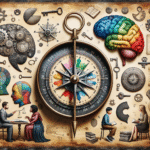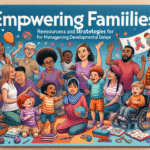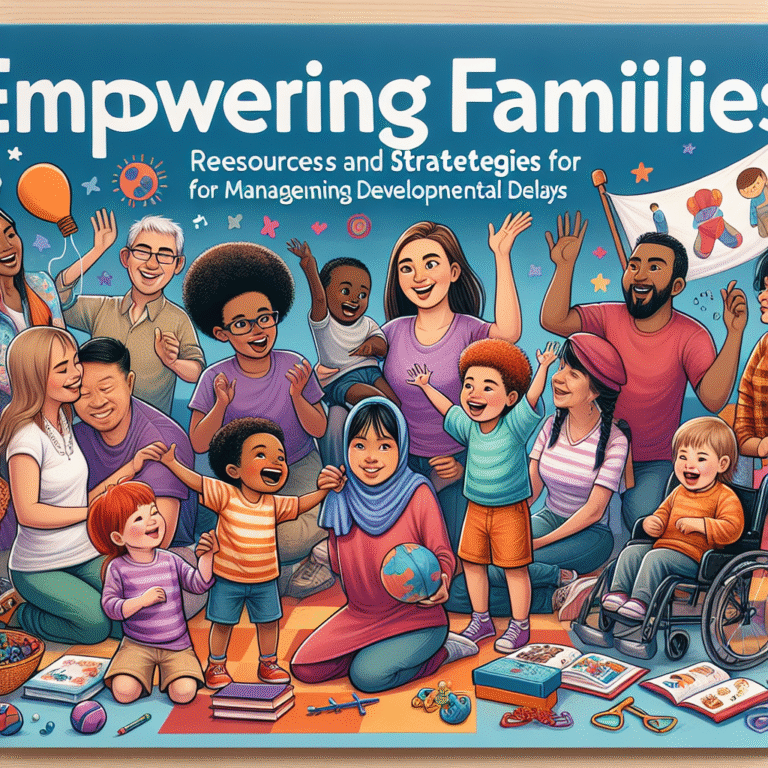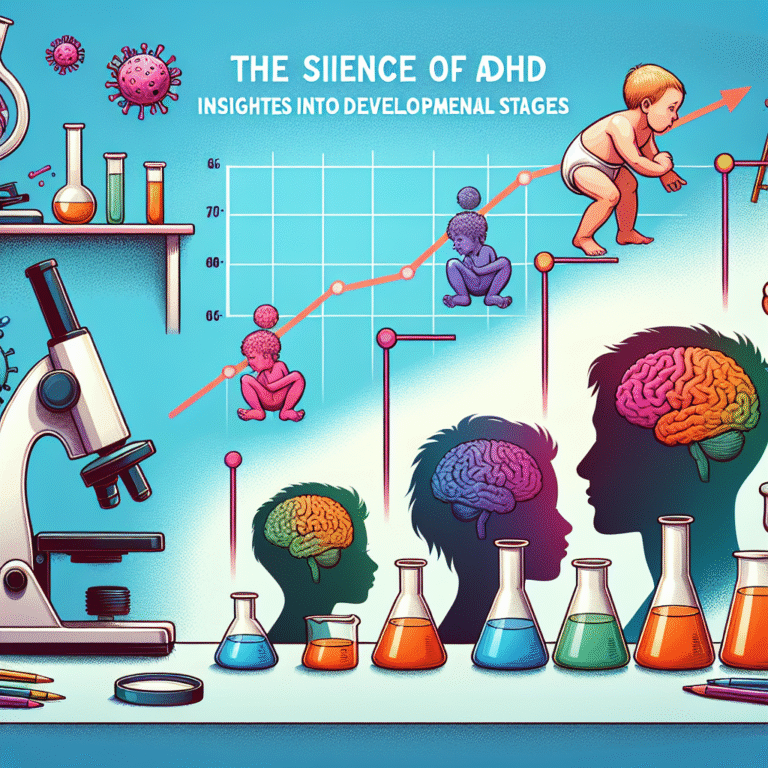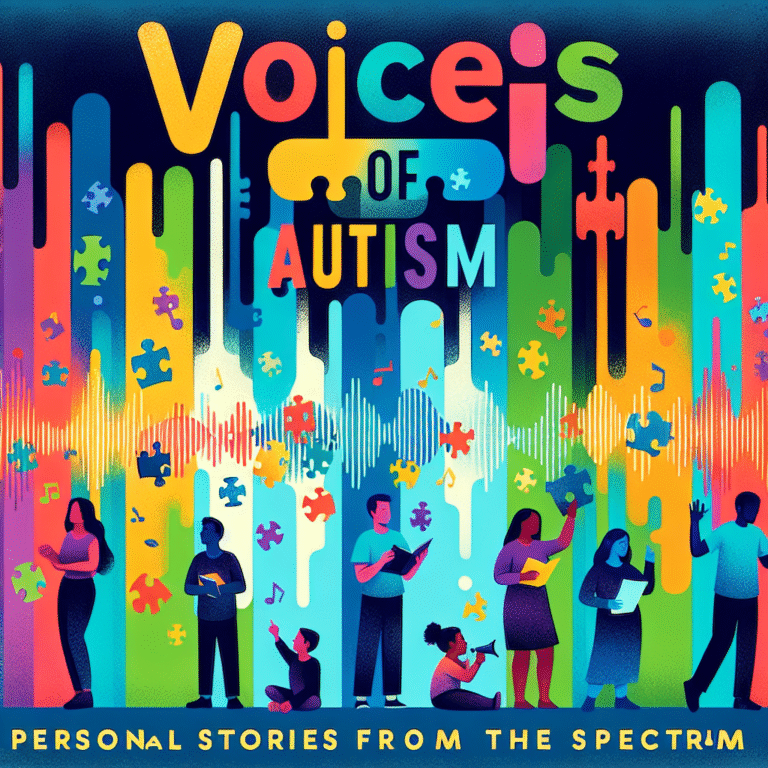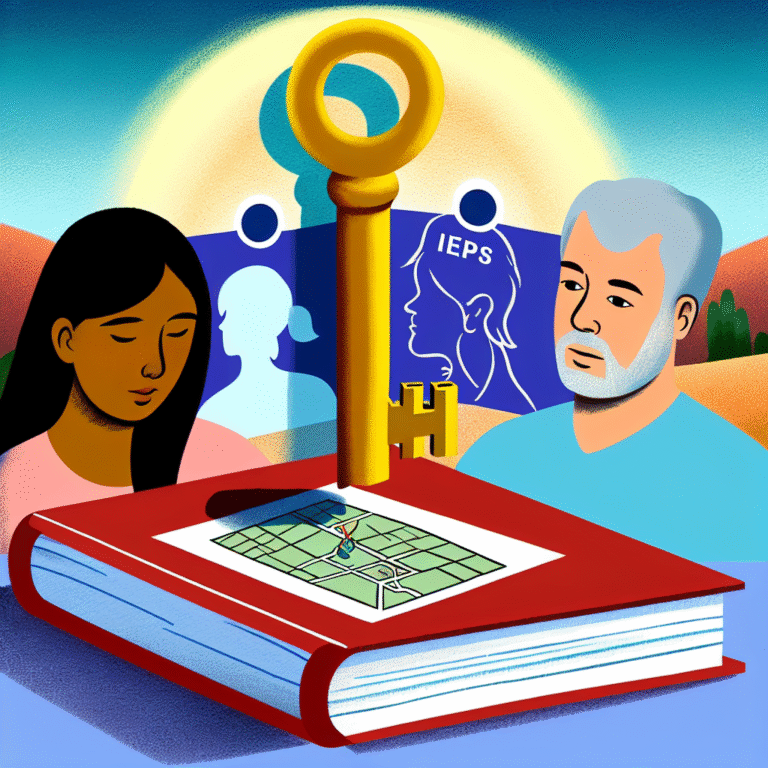
Introduction
Imagine a tiny developing fetus, a perfect blend of genetic inheritance and environmental influence. It is a delicate dance between DNA sequences and the surrounding world, intricately shaping who we are before we even take our first breath. The debate around Genetics vs. Environment: The Dual Forces Shaping Prenatal Development is one that has captivated scientists, parents, and curious minds alike. To truly comprehend the origins of our health, personality, and even our mental faculties, we must explore how these two forces interact within the womb.
Each stage of prenatal development offers a unique perspective on this relationship, revealing insights that can ultimately influence not just individual lives but also the future of our species. In this article, we will delve deep into these dual forces, examining the science, anecdotes, and implications that underscore the importance of this fascinating interplay.
The Basics of Prenatal Development
Prenatal development unfolds in three primary stages: the germinal stage, embryonic stage, and fetal stage. Each stage presents unique opportunities for genetics and environmental factors to exert their influence.
Germinal Stage (Weeks 1-2)
In the germinal stage, fertilization occurs, resulting in a zygote. This zygote begins to divide and grow rapidly. Genetic factors dictate many of the zygote’s early characteristics. However, even during this stage, environmental factors may impact the process.
Case Study: Identical Twins
A compelling example of the Genetics vs. Environment: The Dual Forces Shaping Prenatal Development is seen in identical twins. While they share the same genetic material, studies show that their environments can greatly influence traits such as height, intelligence, and even susceptibility to diseases.
Embryonic Stage (Weeks 3-8)
During the embryonic stage, major organs and systems begin to form. This is a critical period where environmental influences can significantly impact development.
Environmental Influences: Teratogens
Teratogens are external agents that can cause malformation or function alteration in a developing embryo. Common examples include alcohol, certain medications, and infections like rubella. Research has shown that maternal exposure to teratogens can dramatically alter fetal development, emphasizing the powerful impact of environmental factors.
Fetal Stage (Weeks 9-40)
As the fetus develops, the integration of genetics and environment becomes even more profound. For instance, genetic predispositions may outline certain developmental patterns, but environmental influences can modify these trajectories.
Case Study: Socioeconomic Status and Health Outcomes
Recent studies have indicated that socioeconomic status (SES) impacts prenatal health outcomes. Diverse populations living in areas with limited access to prenatal care often face higher rates of complications. This interplay demonstrates the direct influence of environment on genetics in shaping health outcomes.
Genetics: The Blueprint of Development
Genetics undeniably lays the groundwork for prenatal development, providing codes that dictate everything from eye color to potential health risks. The study of genomics has unveiled so many pathways that influence development.
Gene-Environment Interactions
While genetics provides the blueprint, it is important to acknowledge that gene expression often requires specific environmental triggers. For example, the presence of certain nutrients can enhance or inhibit genetic expression.
| Genetic Influence | Environmental Trigger |
|---|---|
| Eye Color | UV exposure affects melanin production |
| Height | Nutritional intake during growth phases |
This interplay reveals the complexity of Genetics vs. Environment: The Dual Forces Shaping Prenatal Development.
Environment: The Catalyst for Change
While genetics might be the architect, the environment serves as both the canvas and the palette. From maternal nutrition to exposure to toxins, environmental factors have profound implications for fetal development.
Maternal Nutrition
Maternal diet is crucial during pregnancy. Essential nutrients like folic acid, iron, and omega-3 fatty acids can mitigate genetic risks and promote optimal development.
Case Study: The Impact of Folic Acid
Research has shown that adequate levels of folic acid during the early stages of pregnancy can reduce the risk of neural tube defects. This is an excellent instance of how an environmental factor can modify genetic susceptibility.
The Dance Between Genetics and Environment
Understanding how genetics and environment work together requires a nuanced perspective. The fields of epigenetics and developmental psychology provide insights into this complex relationship.
Epigenetics: The Interface of Nature and Nurture
Epigenetics refers to modifications that affect gene expression without altering the DNA sequence. Factors like stress, diet, and even exposure to pollutants can trigger epigenetic changes, demonstrating the dynamic relationship between genetics and the environment.
Case Study: Maternal Stress
Studies have shown that maternal stress during pregnancy can lead to epigenetic modifications in the child, affecting their stress-response systems. This can lead to long-term psychological implications, reinforcing the significance of Genetics vs. Environment: The Dual Forces Shaping Prenatal Development.
Developmental Psychology Perspective
From a psychological viewpoint, the nurturing environment plays a key role in shaping cognitive functions. Factors like parental bonding, emotional support, and socioeconomic stability are critical to healthy cognitive and emotional development.
Table: Key Influences in Prenatal Development
| Factor | Genetic Impact | Environmental Impact |
|---|---|---|
| Nutrition | Essential for growth | Deficiency can lead to complications |
| Stress | Can trigger genetic changes | Can influence fetal brain development |
| Toxins | May reveal genetic vulnerabilities | Directly affect physical development |
Practical Implications and Takeaways
Optimal Prenatal Care
Understanding Genetics vs. Environment: The Dual Forces Shaping Prenatal Development emphasizes the importance of prenatal care. Expecting parents should consider both genetic counseling and environmental wellness practices.
- Nutrition: Focus on a well-rounded diet rich in essential nutrients.
- Mental Health: Prioritize mental well-being through stress-reducing techniques.
Community and Policy Recommendations
Communities should advocate for policies that reduce environmental risks, such as air and water pollutants. Furthermore, accessibility to prenatal care must be prioritized, particularly in underserved populations.
Conclusion
The interplay between genetics and environment during prenatal development is undeniably complex yet fascinating. By understanding Genetics vs. Environment: The Dual Forces Shaping Prenatal Development, we can empower parents and healthcare providers to optimize developmental outcomes.
As we move into a future that blends technology with our understanding of the human condition, knowledge of these dual forces will inspire actionable insights and foster healthier generations to come.
FAQs
1. What are teratogens, and how do they impact prenatal development?
Teratogens are substances that can cause congenital abnormalities in developing fetuses. Their effects depend on timing and exposure, highlighting the environmental impacts on prenatal health.
2. How does maternal nutrition influence fetal development?
Maternal nutrition is crucial, with specific nutrients like folic acid reducing risks for neural tube defects and other anomalies.
3. Can stress during pregnancy affect the child’s future mental health?
Yes, maternal stress can lead to epigenetic changes that may affect the child’s stress response and overall mental health well into adulthood.
4. Are identical twins affected differently by their environment?
Yes, even identical twins, who share the same genetic material, can develop different traits based on their individual experiences and environmental exposures.
5. What role does socioeconomic status play in prenatal health?
Socioeconomic status significantly influences access to prenatal care, nutritional resources, and overall health, impacting fetal development outcomes.
By embracing the insights into Genetics vs. Environment: The Dual Forces Shaping Prenatal Development, we can forge a path forward, ensuring that both the genetic and environmental landscapes are optimized for the healthy development of future generations.
